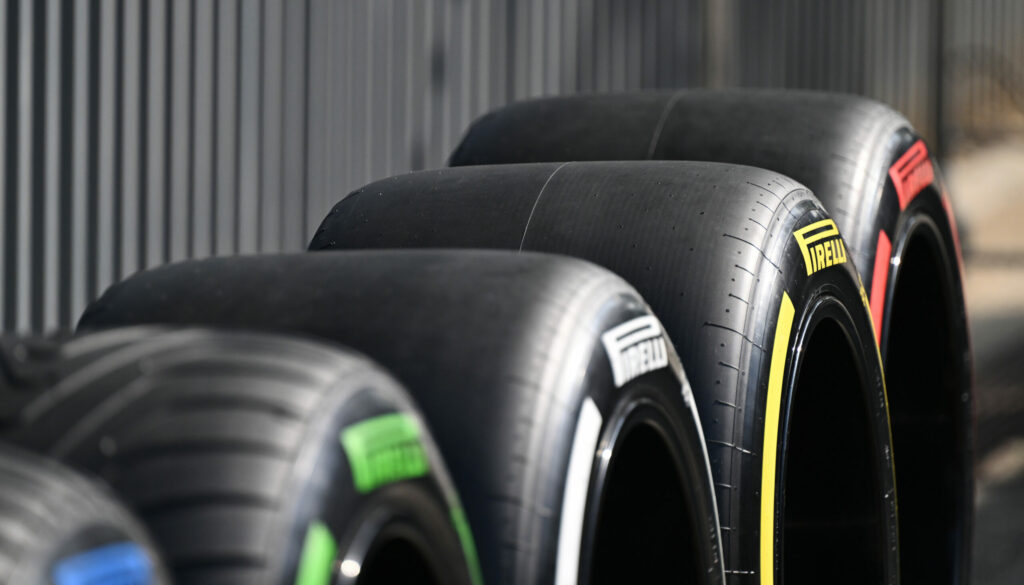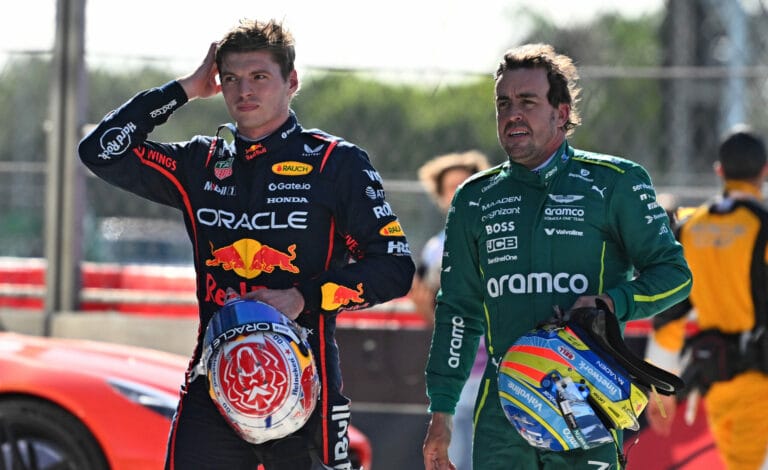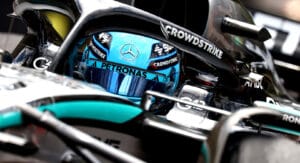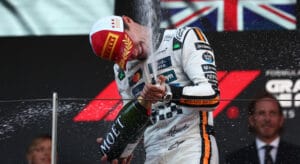Over the past six Grands Prix, there have been numerous complaints about the lack of excitement on the circuit. More and more fans and experts have been critical of ‘procession races’. On occasion, the top six remained unchanged compared to the starting grid. During the upcoming GP of Emilia-Romagna, tyre supplier Pirelli will be testing a potential solution – a new, extra soft compound will make its debut.
As the tyre supplier for Formula 1, Italian company Pirelli must strike a balance between two extremes. On the one hand, a tyre should not last too long, otherwise teams can delay pit stops as long as possible, turning races into dull processions. On the other hand, the rubber should not degrade too quickly – this would prevent drivers from pushing to the limit, for fear of wearing out their tyres prematurely.
Up until now, Pirelli has always selected three tyres from a range of five compounds, C1 through C5, depending on the demands of the circuit. However, as this increasingly leads to dull racing situations, the Italians are now considering skipping compounds – for instance, they could opt for a combination of C2, C4, and C5, instead of the usual consecutive selection. This would result in larger performance differences, potentially forcing teams to make multiple pit stops or adopt riskier strategies. The plan hinges on the introduction of the C6 compound – a new, ultra-soft tyre that will be introduced during the GP of Emilia-Romagna.
Skipping Compounds?
“The goal is to collect as much data as possible about the C6 when it’s dry,” said Pirelli’s top executive, Mario Isola, in an interview with British Autosport. Only then can Pirelli assess whether ‘skipping’ compounds actually works. “The lap times for the C3 and C4 are quite close,” Isola explained. “Perhaps we could consider C2, C4, and C5. This means that if you want to go for a one-stop strategy with C2 and C4, the C2 is clearly slower. So, you shouldn’t have the same advantage as now.”
Other combinations such as C3, C5, and C6, or even C1, C3, and C5 are also on the table. “I’m not sure what the outcome would be, but we can try,” said the Italian, although he emphasized that Pirelli does not make the final decision. “We always make a proposal to the FIA and Formula 1. We share the proposal with the teams and then, with the approval of the FIA, we reach an agreement.”
Simulating Strategies
For the Monaco Grand Prix, two pit stops have already been made mandatory, although Formula 1 does not want to make this a standard. The risk is that all teams would then choose the same strategy, making races predictable. The goal is to enable a mix of one-, two-, and perhaps even three-stop strategies, without forcing teams to do so. The sprint weekends could also play a role. Simulations have been used to investigate whether teams might sacrifice the sprint race for a better tyre strategy in the main race.
However, Isola admits: “Whether these scenarios would actually be feasible, given the teams’ simulation capabilities, is another question.” No matter how innovative the plans are, according to the Pirelli executive, it’s always the same story: “We try to pose a problem for the teams, and they find a solution…”


